Related Research Articles

Telemaco Signorini was an Italian artist who belonged to the group known as the Macchiaioli.
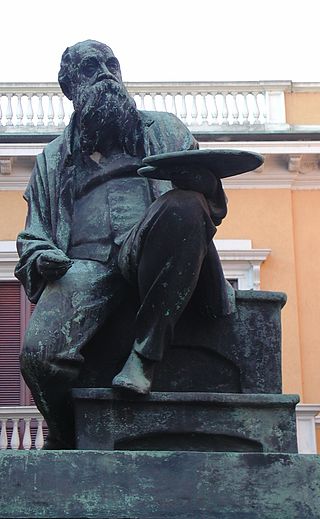
Mosè Bianchi (1840–1904) was an Italian painter and printmaker.
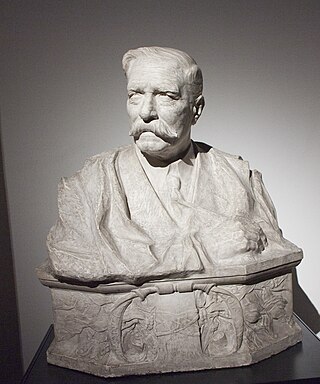
Francesco Lojacono or Lo Jacono (1838–1915) was an Italian painter, mainly of landscapes and seascapes, and mainly active in his native Palermo, Sicily.
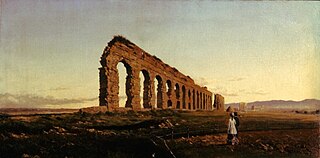
Adolfo Tommasi was an Italian painter.
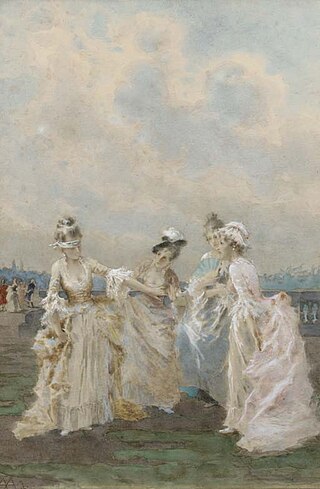
Angiolo Achini was an Italian painter.
Eugenio Tano was an Italian painter.
Pio Sanquirico was an Italian painter.

Ulvi Liegi was an Italian painter and printmaker. Part of the Post-macchiaioli movement, he painted various cityscapes of Livorno and depictions of Livornese daily life.
Camillo Cabutti or Camillo Filippo Cabutti (1863–1922) was an Italian painter, mainly of landscapes in an impressionist style.
Rocco Lentini was an Italian painter, noted for directing the team responsible for the ceiling decorations of the Teatro Massimo in Palermo.
Alfonso Simonetti was an Italian painter, mainly of Romantic-style nocturnal landscapes, illuminated by moonlight.

Antonio Zona was an Italian painter, active in a style fusing Neoclassicism and Romantic style.
Cesare Balbi di Robecco (1854–1939) was an Italian painter, mainly of landscapes and seascapes.
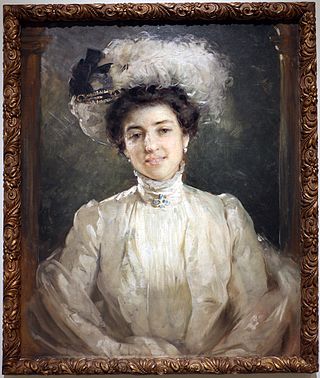
Edgardo Saporetti was an Italian painter of eclectic subjects, including portraits, landscapes, and genre subjects.
Eugenio Spreafico was an Italian painter, mainly of landscapes and genre works.
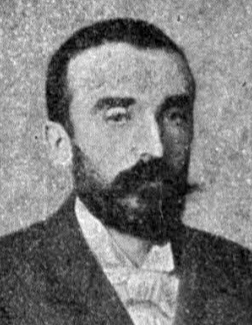
Ernesto Serra was an Italian genre, landscape and portrait painter from Varallo Sesia, Province of Vercelli in the Piemonte Region.
Salvatore Marchesi was an Italian painter, mainly painting interior scenes of churches. A roughly contemporary Salvatore Marchesi was a prominent Sicilian baritone.
Federigo or Federico Rossano was an Italian painter in a Realist style.
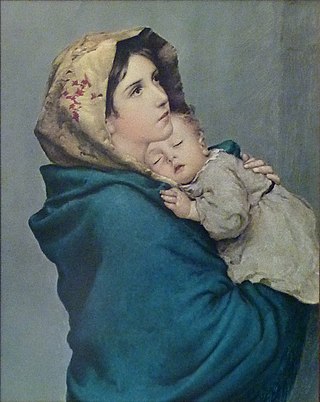
Roberto Ferruzzi was an Italian artist. He is best known for the painting Madonnina that won the second Venice Biennale in 1897.
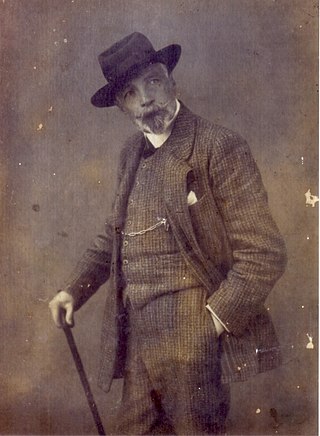
Michele Catti was an Italian artist, considered one of the most important Sicilian landscape painters of the Belle Époque.
References
- ↑ ‘‘Dizionario degli Artisti Italiani Viventi: pittori, scultori, e Architetti.’’, by Angelo de Gubernatis. Tipe dei Successori Le Monnier, 1889, page 460.